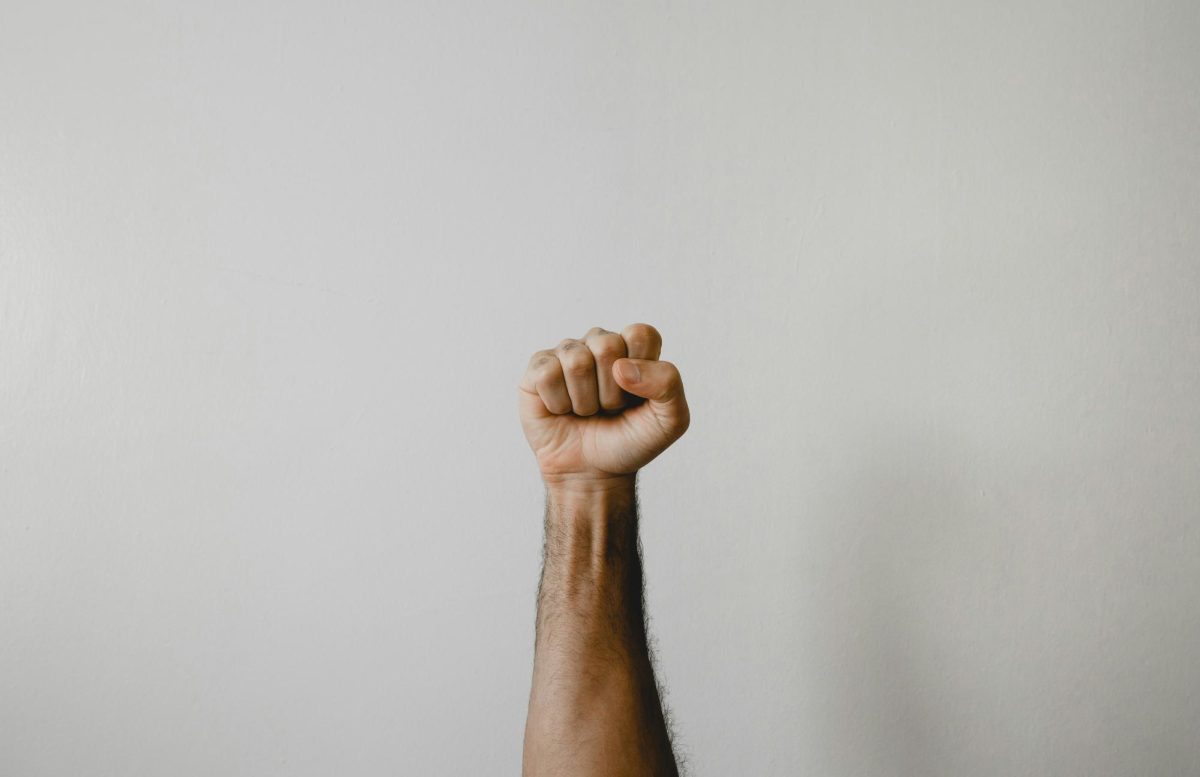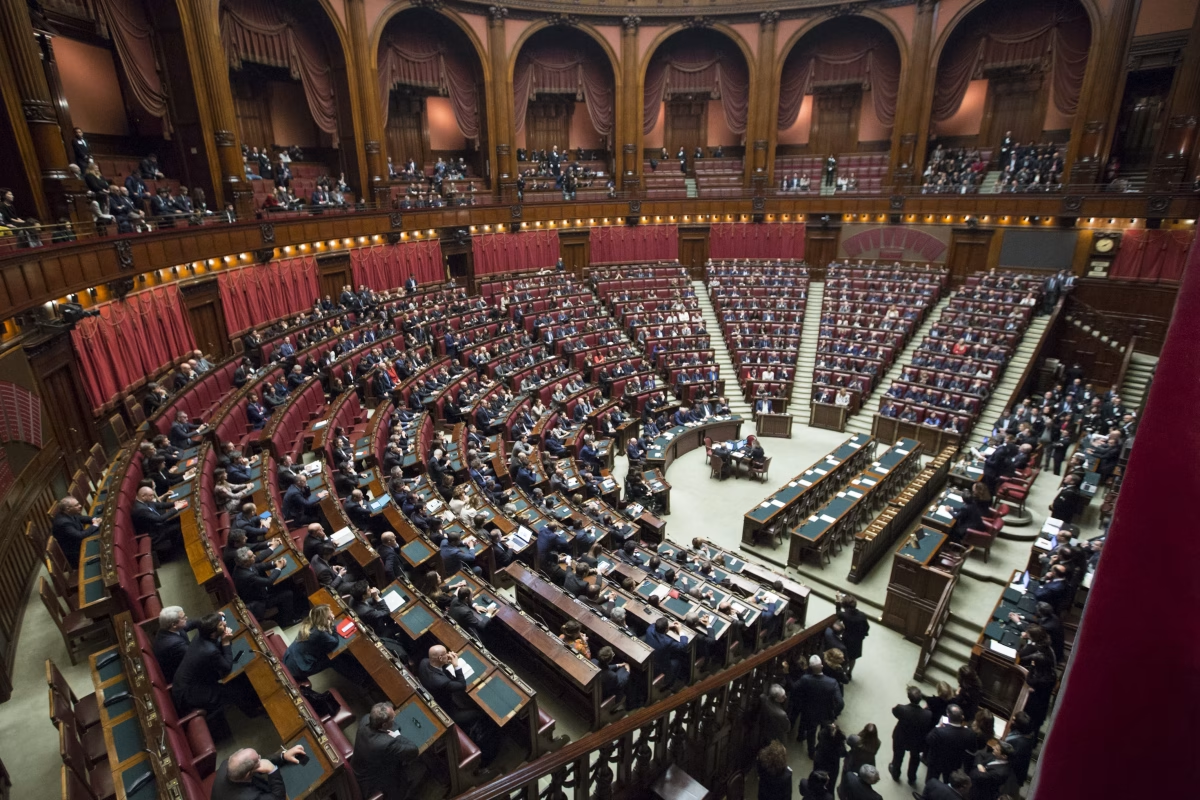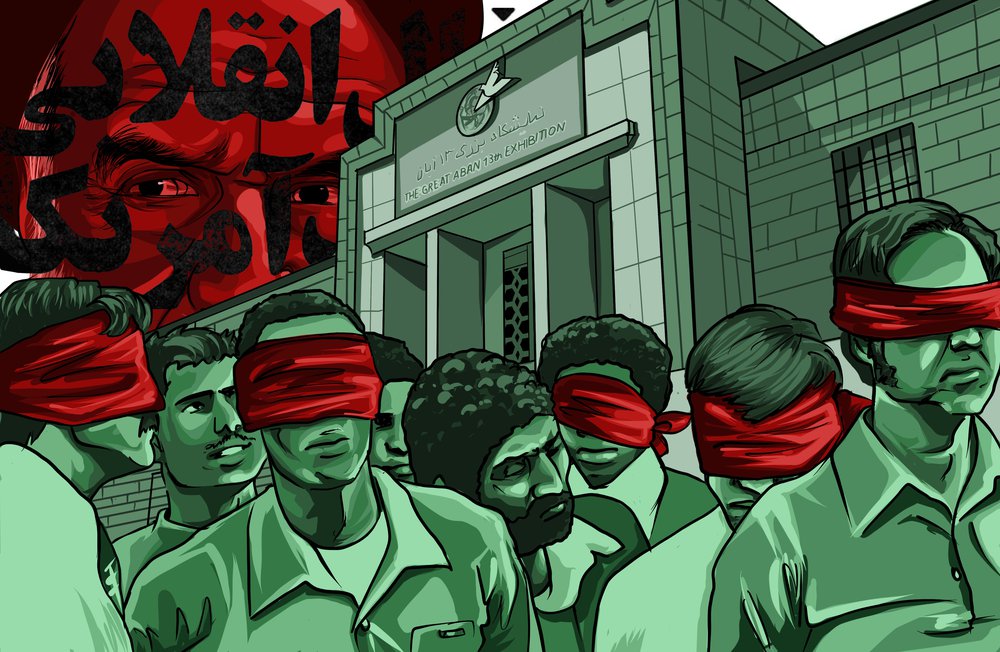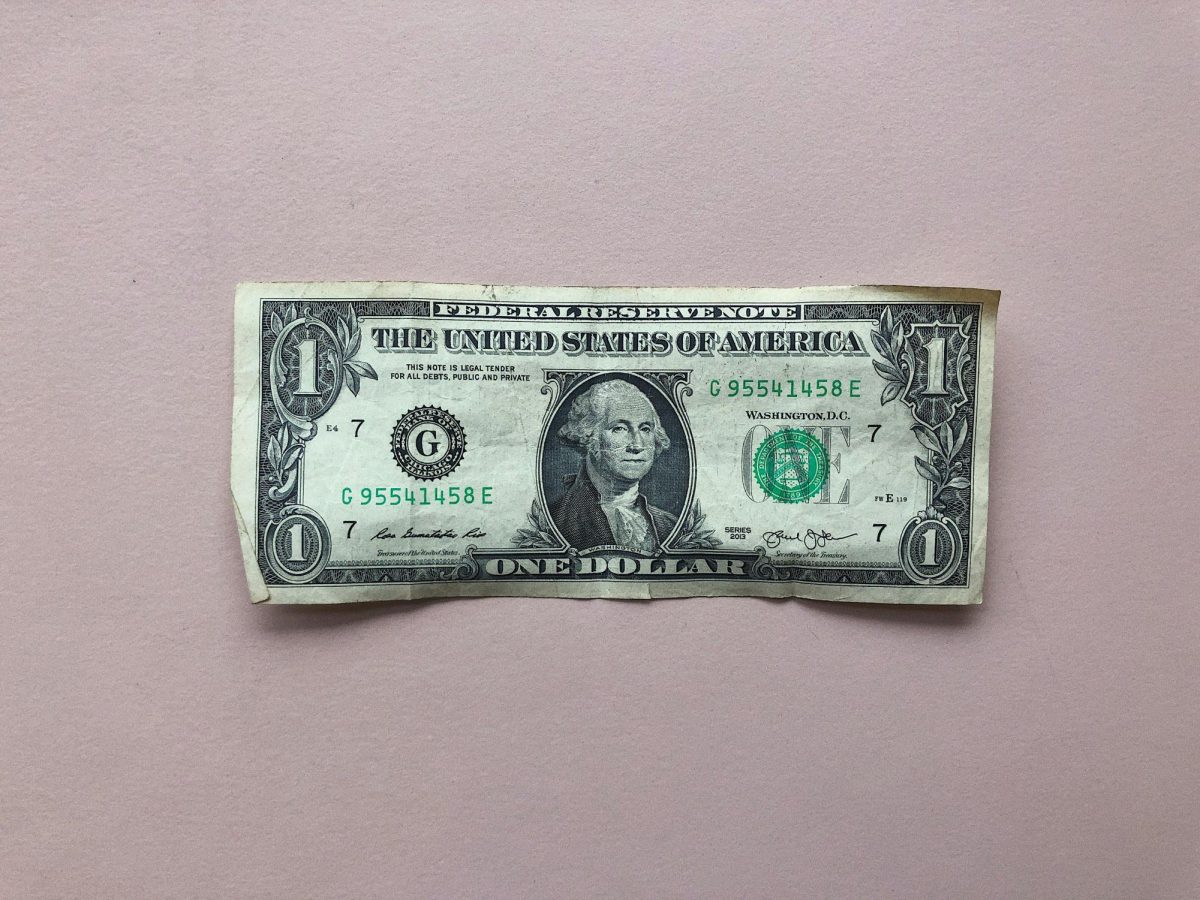Where John Brown fought against slavery using any measure possible, there still lies a great debate as to whether or not he is considered a freedom fighter or a terrorist. Historians are never extremely satisfied and proud of John Brown’s violent actions, especially at Harpers Ferry, to fight for the abolitionist movements. However, the majority of them at the same time commend the results of his actions that led to more awareness of banning the enslavement of black people and eventually the Civil War. Although most historians agreed with the outcome of Brown’s actions, they can be grouped categorically to decipher the nuances of how they interpret Brown’s violent choices: the majority who believe his violence was a necessary evil to combat slavery, those who question the system that made slavery possible and making political violence a necessity to abolish it, and the ones who viewed Brown’s violence as ignorant and furthering damage done to black people.
John Brown was one of the leading historical figures of the abolitionist movement, known in the United States for the violent manner he fought against slavery. Brown was raised in an anti-slavery family, and thus, he grew to have a strong distaste for pro-slavery people and slaveowners and the institution itself which the government allowed for a certain group of people to be enslaved. His first violent protests against slavery included him and other abolitionists targeting pro-slavery people and slaveowners in Kansas. Later, Brown continued with more raids to free enslaved black people with the help of other leading abolitionists of the time: Harriet Tubman and Frederick Douglass. His most famous raid was at Harpers Ferry where Brown joined with other abolitionists and freed black men to capture pro-slavery people. Also, the group took control of the federal armory, eventually leading to Brown’s hanging for treason. These slave revolts led by Brown could be considered one of the leading factors that served as the prologue to the Civil War.
The majority of historians while critiquing John Brown agree that his violent actions were beneficial and a lesser evil than slavery because pro-slavery people would only listen to force. Many historians like Gary Alan Fine, J. Reuben Sheeler, Leslie Friedman Goldstein, and Jason P. Matzke have recognized that although they would not preach about using violence, it may have been the better option in the case of fighting against slavery. In a world where black people were being abused, held captive, and forced to work under inhumane conditions, peaceful methods of action may not have functioned in this case. Where a certain group of people’s human rights had already been destroyed, people would only react to receiving violence back as a response, and this holds true as the Civil War broke out shortly after, proving the need for violence to end slavery. These historians do not necessarily applaud the actual violence of Brown, but instead, respect that Brown recognized how off-track the United States was for needing political violence to spark change because it was running off a system of brute force that discriminated against skin color(Matzke 12). Brown himself recognized that his own ways perhaps were not the strongest and most intelligent ideas(Sheeler 8). Still, for people to gain awareness of the impact of slavery and recognize that for years, one particular group of people has been dehumanized, Brown achieved that.
Most historians stop their critiques of John Brown in the place that his violent ways to fight for abolition were needed to gain public attention of how problematic slavery was. On the other hand, there is a smaller group of historians, for example, Gary Alan Fine, who then begins to question the system that even makes slavery possible in the first place and then has the need to utilize political violence, possibly making Brown into a model of hope for future generations(Fine 20). Fine addresses the area that many historians miss, in that he calls out the hypocrisy of convicting Brown for treason and violence. At the same time of shaming Brown, black people remained enslaved, and no one batted an eye or looked indifferently at that situation. Slavery takes what John Brown did, exemplifies it immensely, and targets it at a much larger group of people for years and years at hand with no remorse, unlike Brown. The violent raids were also seen as a “last resort” for Brown which other historians have recognized. However, the point that Fine makes is that Brown makes it aware through his political violence that the system needs to be altered so violence should not be an option(Fine 20). Brown wanted change and freedom for enslaved people, and he did not care who he had to attack to achieve it, the federal government or pro-slavery people(Fine 19). Where Fine calls Brown a “beacon of hope,” he does not hope that people will commit similar actions to Brown, but people who will stand up for unpopular ideas to protect and fight for others who are oppressed(Fine 20).
On the other hand, there stands a few historians who, although may be pleased with the results that Brown sought, believed that the violence of Brown in turn would have caused more damage to black people if they had been freed by Brown’s raid at Harper’s Ferry. Gary Grieve-Carlson responds in an article to Henry David Thoreau’s literature that is based on his avid support of John Brown, where Grieve-Carlson mentions that if Brown had succeeded in that moment of freeing enslaved people, it would have damaged the economy and might have destroyed the lives of those enslaved people further(Grieve-Carlson 13). The “immediate” emancipation of those slaves would have gravely hurt the economy, but furthermore, the freed people would have been sent out into a world where they were despised by many and would not be capable of functioning in American society(Grieve-Carlson 13). Racism persisted through terrorist groups and laws that segregated white and black people(Grieve-Carlson 13). Although the abolition was necessary, Brown’s immediate need and gratification to free the slaves through his uproar would have caused serious harm to the United States overall. Carlson sees the violence as impatient and close-minded, as both Brown and Thoreau in his support of Brown could not see a larger picture for America altogether.
John Brown, an extremely passionate abolitionist, took all measures necessary to work towards freeing enslaved black people, but his methods ended up causing harm to others at the same time which makes him a controversial character in history. Historians take on multiple complex arguments on how much of a freedom fighter versus terrorist Brown was, whether violence was the best option to tackle slavery, whether the system was broken to even allow people to be enslaved, or whether Brown was impulsive and could have ruined lives further. His honorable intentions and will to persevere in the fight for abolition make him a freedom fighter who took the risk of causing an uproar through his violent raids, and the historian Gary Alan Fine’s literature proved this argument with an exceptional quality of evidence and reasoning. Violence should never qualify as a primary resolution, but in regards to slavery where the United States was going much further than just violence to attack black people, people would have been numb and indifferent to any kind of peaceful protest at the time. If there existed such apathy towards enslavement, some sort of chaos and mayhem might have been needed to address those issues, especially ones that work to exploit a certain group of people.
Sources Cited:
Fine, Gary Alan. “John Brown’s Body: Elites, Heroic Embodiment, and the Legitimation of Political Violence.” Social Problems, vol. 46, no. 2, 1999, pp. 225–49. JSTOR, https://doi.org/10.2307/3097254. Accessed 12 Feb. 2024.
Goldstein, Leslie Friedman. “Violence as an Instrument for Social Change: The Views of Frederick Douglass (1817-1895).” The Journal of Negro History, vol. 61, no. 1, 1976, pp. 61–72. JSTOR, https://doi.org/10.2307/3031533. Accessed 2 Apr. 2024.
Grieve-Carlson, Gary. “Extremism in the Defense of Liberty: Henry David Thoreau & John Brown.” Amerikastudien / American Studies, vol. 63, no. 3, 2018, pp. 321–35. JSTOR, http://www.jstor.org/stable/45340994. Accessed 1 Apr. 2024.
Matzke, Jason P. “The John Brown Way: Frederick Douglass and Henry David Thoreau on the Use of Violence.” The Massachusetts Review, vol. 46, no. 1, 2005, pp. 62–75. JSTOR, http://www.jstor.org/stable/25090963. Accessed 3 Apr. 2024.
Sheeler, J. Reuben. “JOHN BROWN: A CENTURY LATER.” Negro History Bulletin, vol. 24, no. 1, 1960, pp. 7–15. JSTOR, http://www.jstor.org/stable/44215599. Accessed 12 Feb. 2024.
Simpson, Craig. “John Brown and Governor Wise: A New Perspective on Harpers Ferry.” Biography, vol. 1, no. 4, 1978, pp. 15–38. JSTOR, http://www.jstor.org/stable/23539028. Accessed 14 Feb. 2024.
Photo by Clay Banks on Unsplash




















Effie Economou • Apr 19, 2024 at 1:02 PM
Such a thought-provoking essay, Kanchan!! Well done!